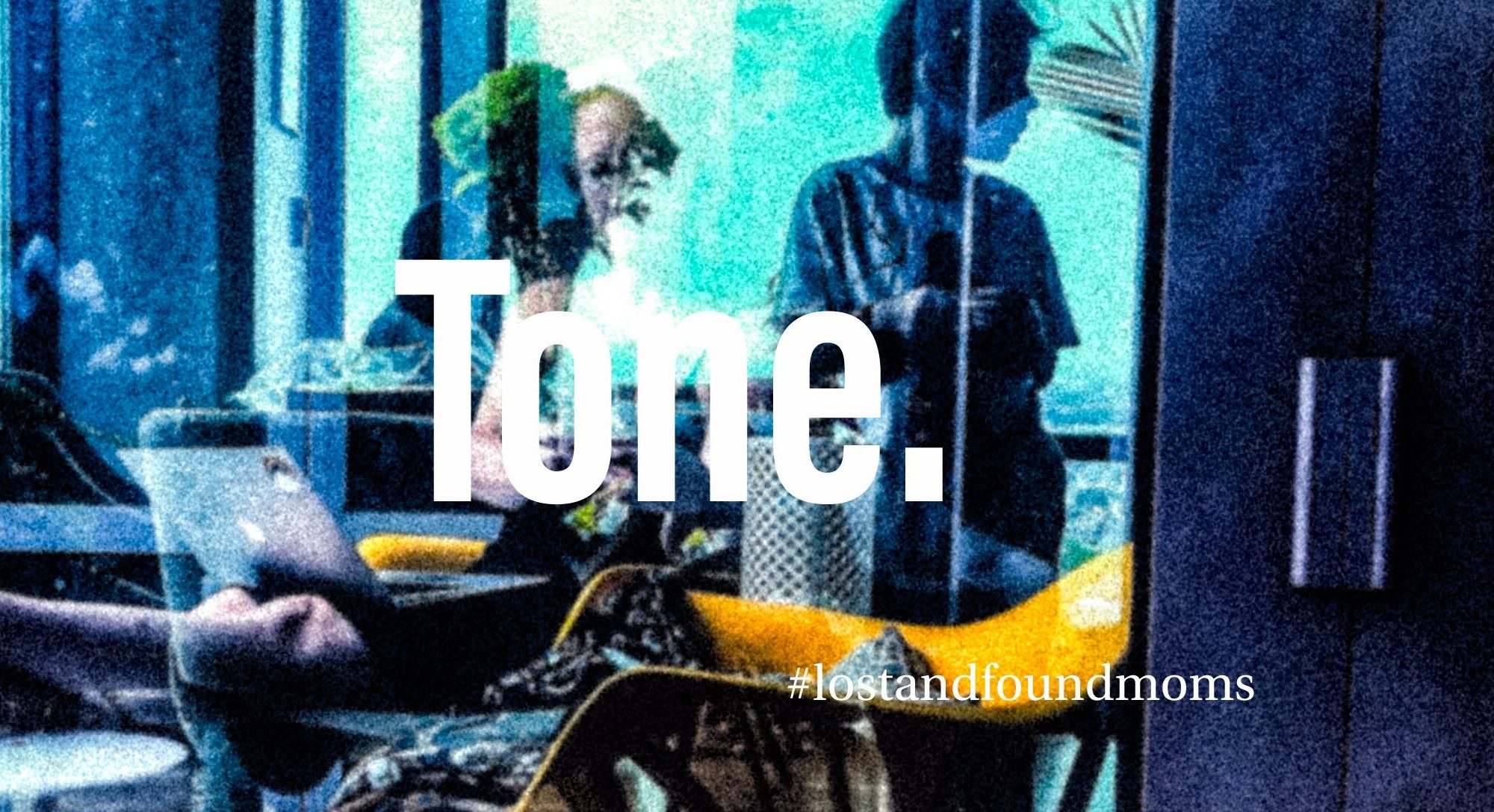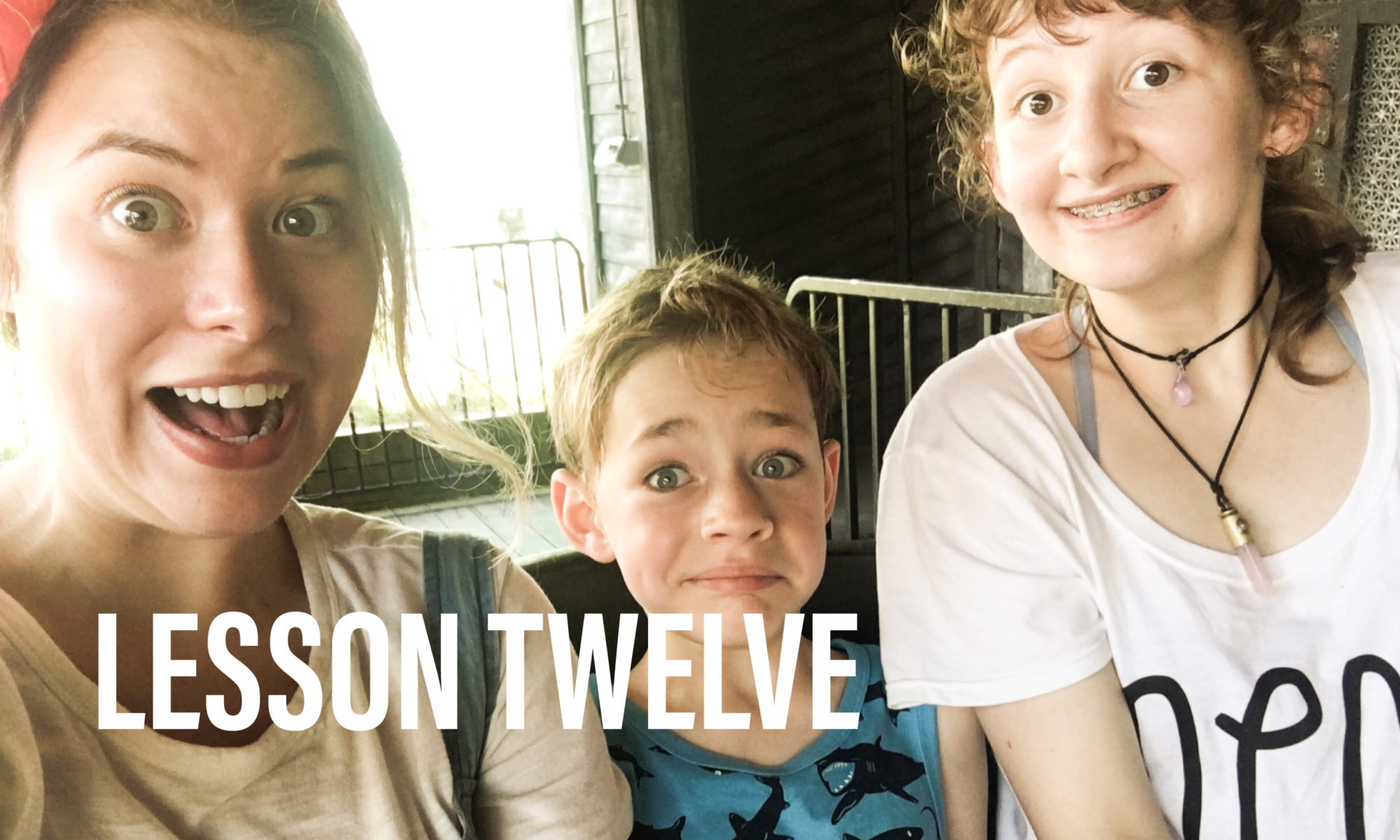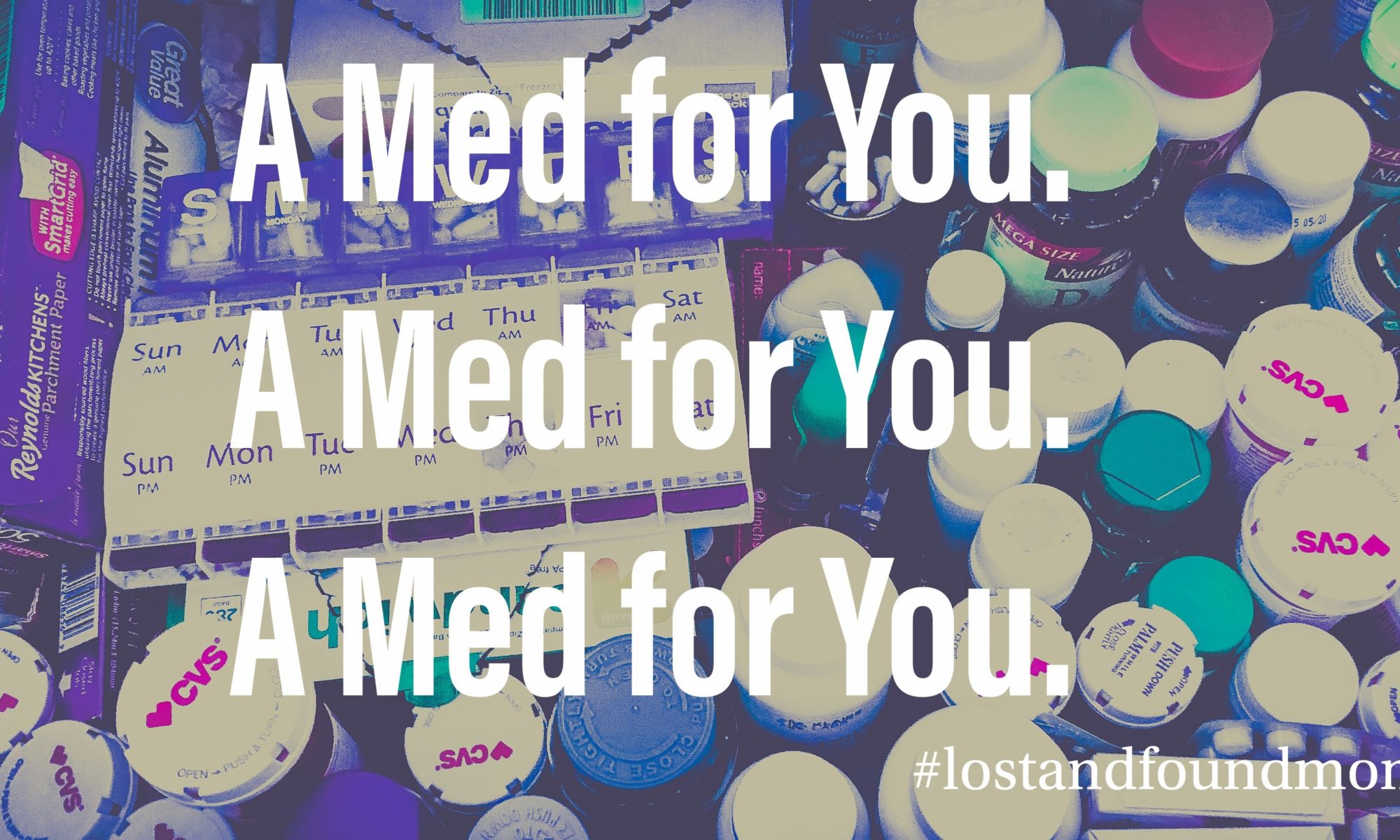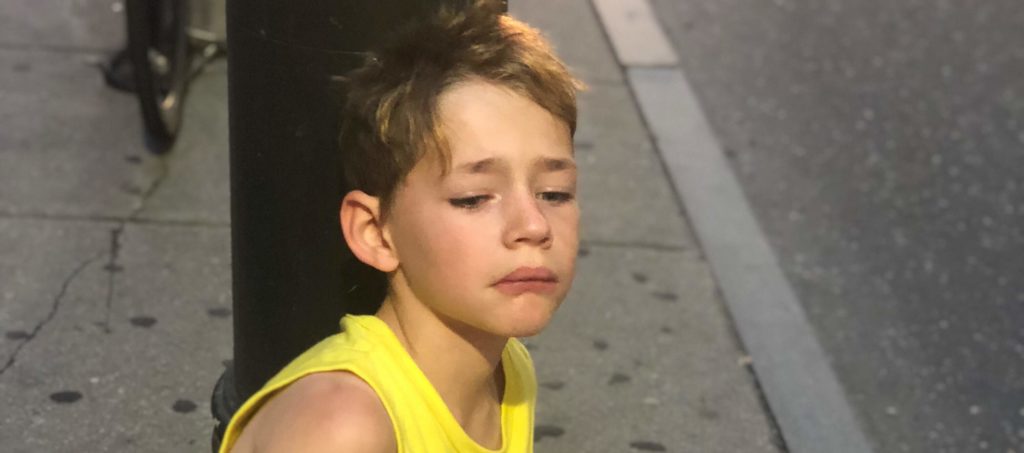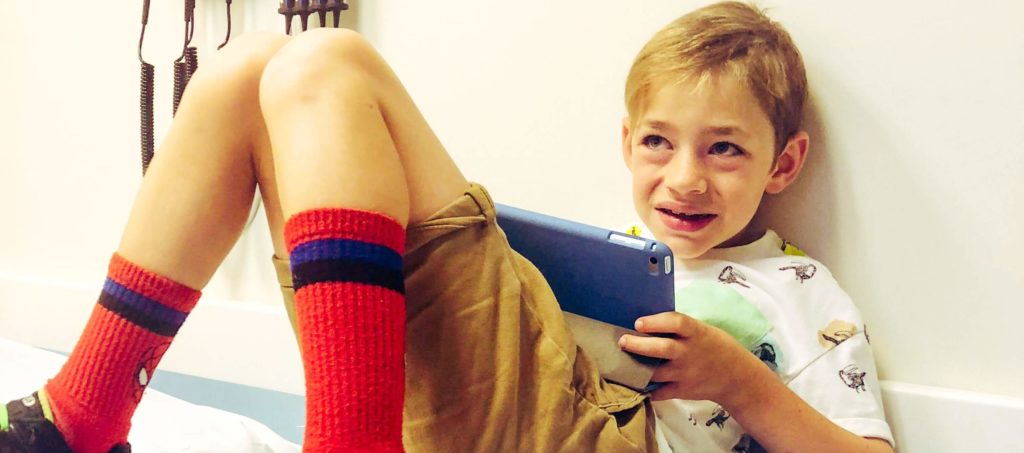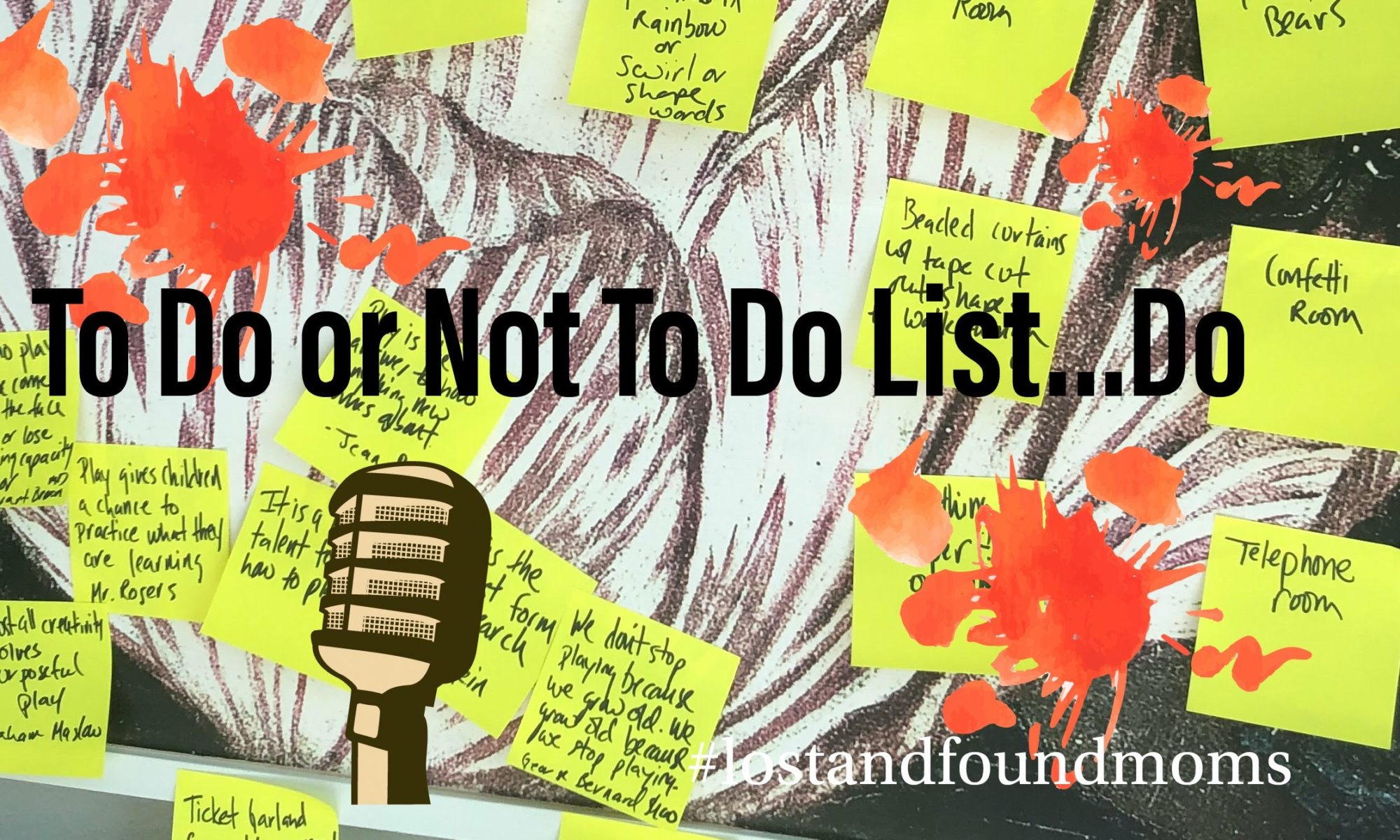Just to recap, the wonky place is what Buddha calls his episodes. An episode is an uncontrollable moment of anger or sadness. It can last 5 minutes or it could last 45 minutes. Unfortunately, when a child goes into his/her episode there is not too much you can do except keep them and others safe. Which looks different depending on the types of episodes they have. Some kids are more verbal, while others are physical.
I first learned about episodes/crisis while getting my master’s degree in special education. However, all children, despite their disabilities or abilities, can demonstrate moments of high emotions.
STEPS TO REACTING TO YOUR CHILD DURING A CRISIS/EPISODE:
- Check yourself- How are you feeling? Are you in a good place to speak to your child? Are you angry already? Do you want to yell? If the answer is YES then ask someone else to tag in. I know it seems silly, but the best way to de-escalate your child is if you are in a calm mood. And be honest. It’s ok if you’re angry or annoyed, that is totally normal! As a teacher, there were many times I asked another teacher to step in and take over. So if possible, tag another person in when you’re home.
- How are they- After deciding you are in a good place to deal with negative behaviors (i.e. you don’t want to rip their head off). Ask yourself what is going on with my child? Are they hurt? Are they hungry? Are they tired? Do they NEED something? Do they WANT something?
- What’s going on around- Next, take a moment to look around you. What do you see? Are there loud noises coming from somewhere? Is it cold or really hot? Are there people around that could be frustrating your child? Is it too bright?
- How can I help- The last thing to think about is what ways you can help your child. Do they need you to verbally calm them down? Do they need a tight hug or some soothing music? Do they need food? Do they need to change? There could be a number of ways you can help your child so trust yourself in choosing. If one thing doesn’t help, try something else.
The most important step and usually the most overlooked is to check yourself. If you are frustrated or angry that is TOTALLY fine and understandable. But, try not to deal with the situation if you are. TAP OUT. Think wrestling- when they’re tired and know they can’t beat their component they tap out to someone else. It’s not as easy. It takes some time to master. I remember the first 6 months of teaching I wanted to be the one that got my students out of their crisis/episode, but once I figured out that the crisis would last much shorter and less dramatic if someone else stepped in. Remember you’re not giving up and it’s not that you’re not capable of doing it, it’s just not the right time.

